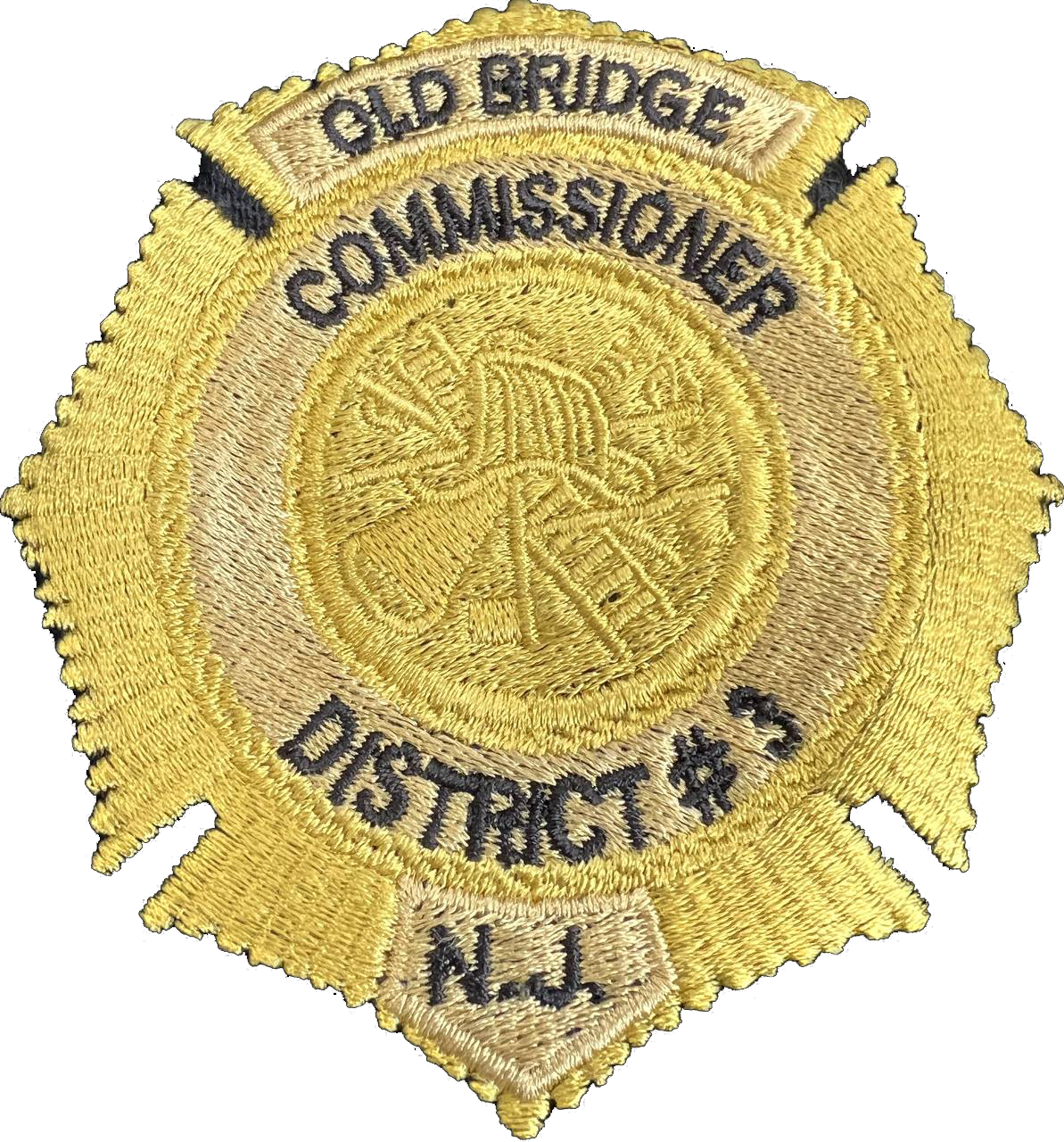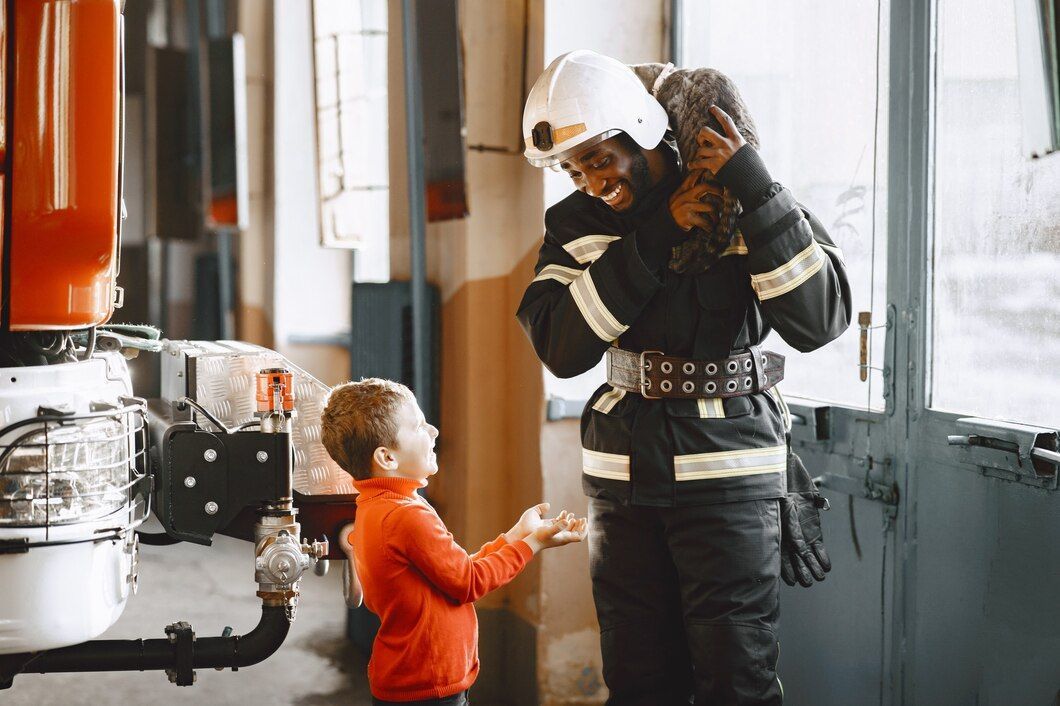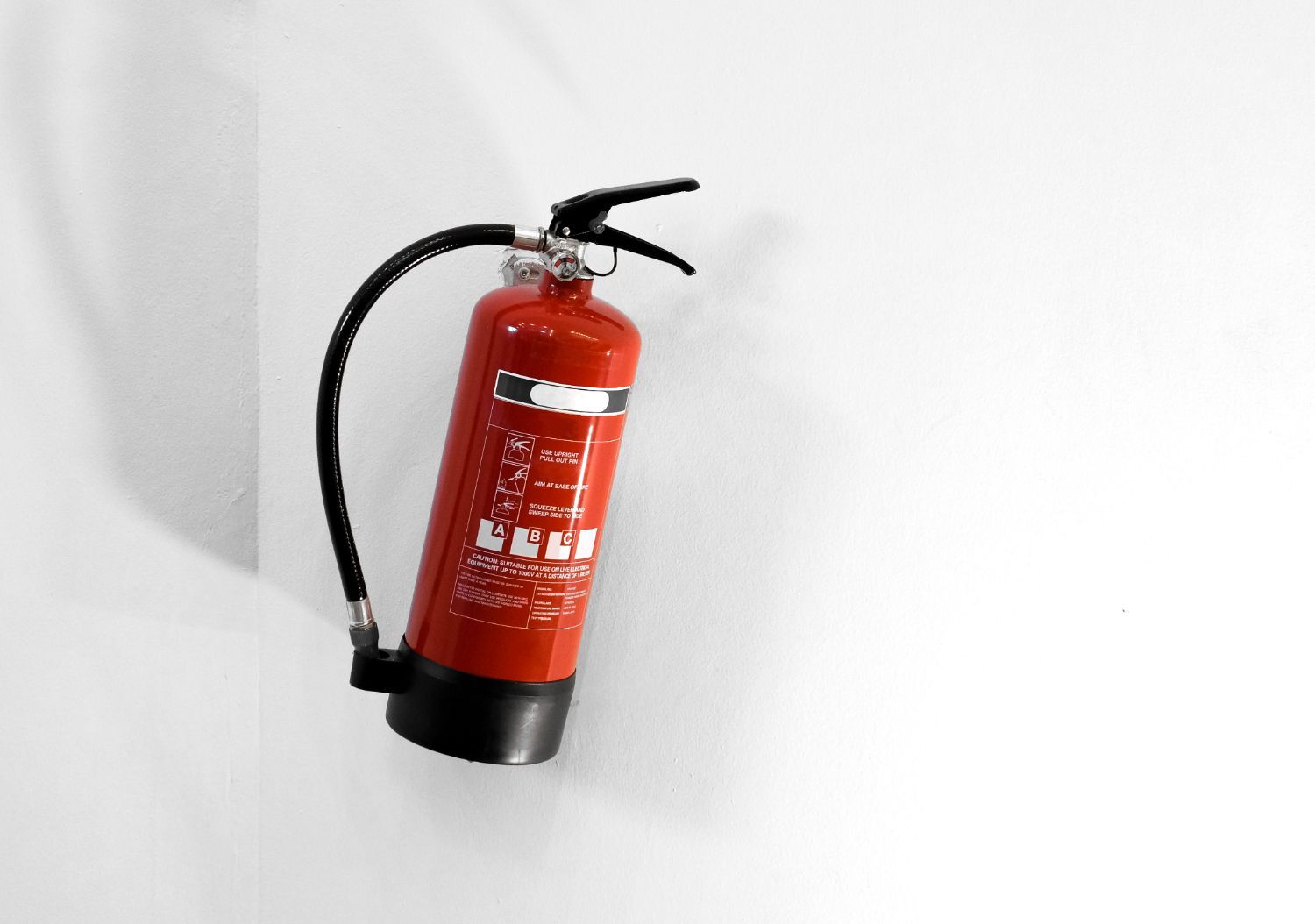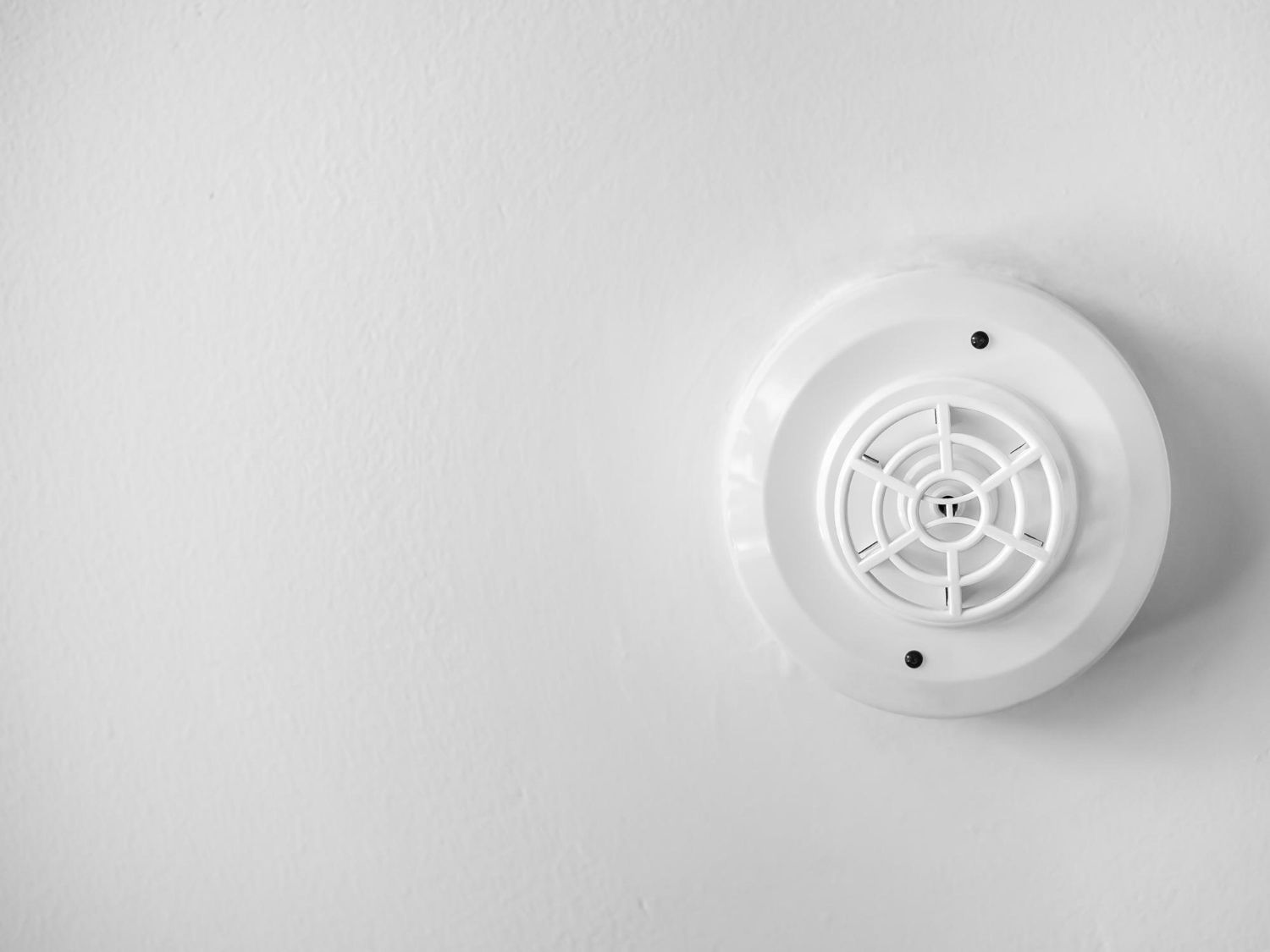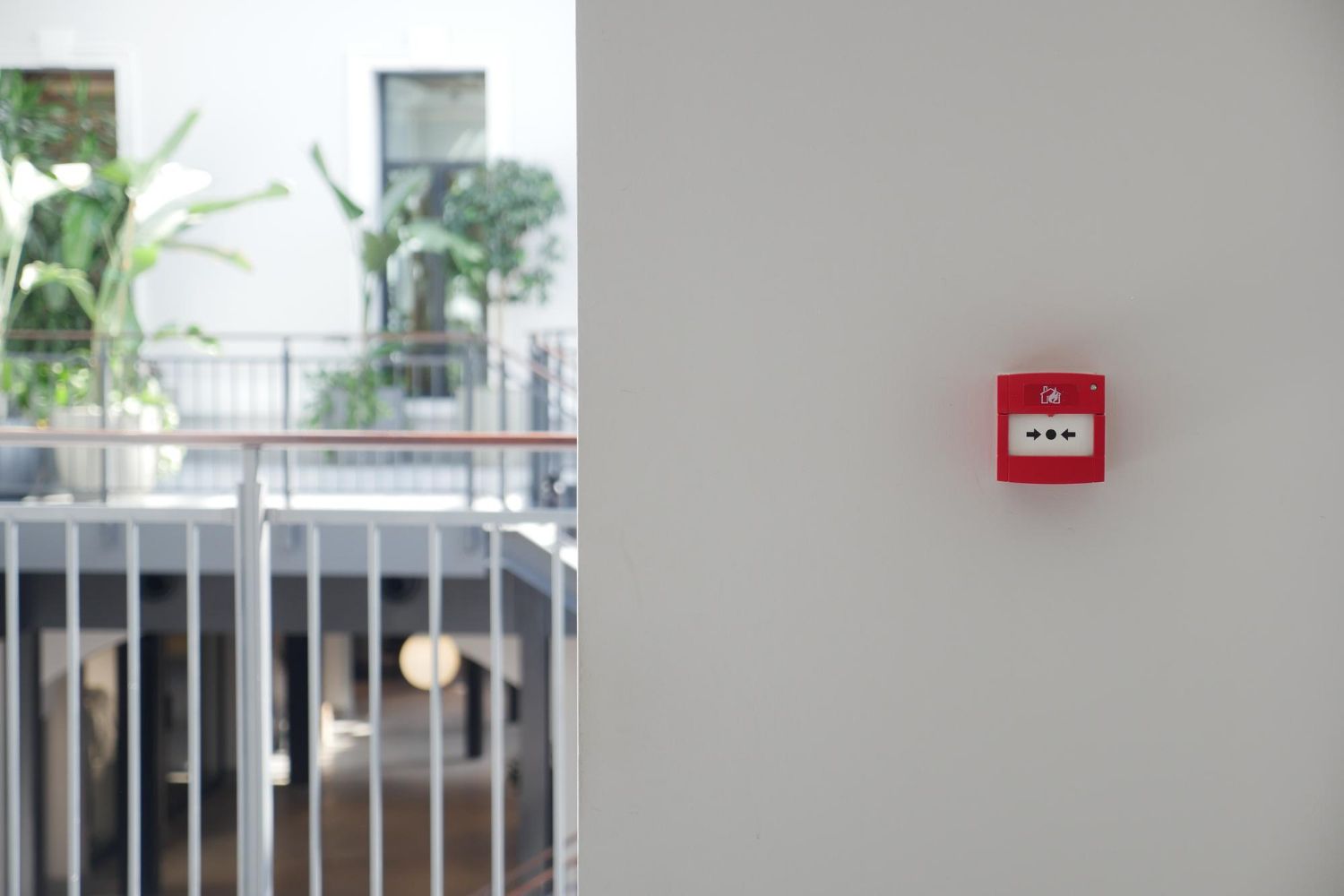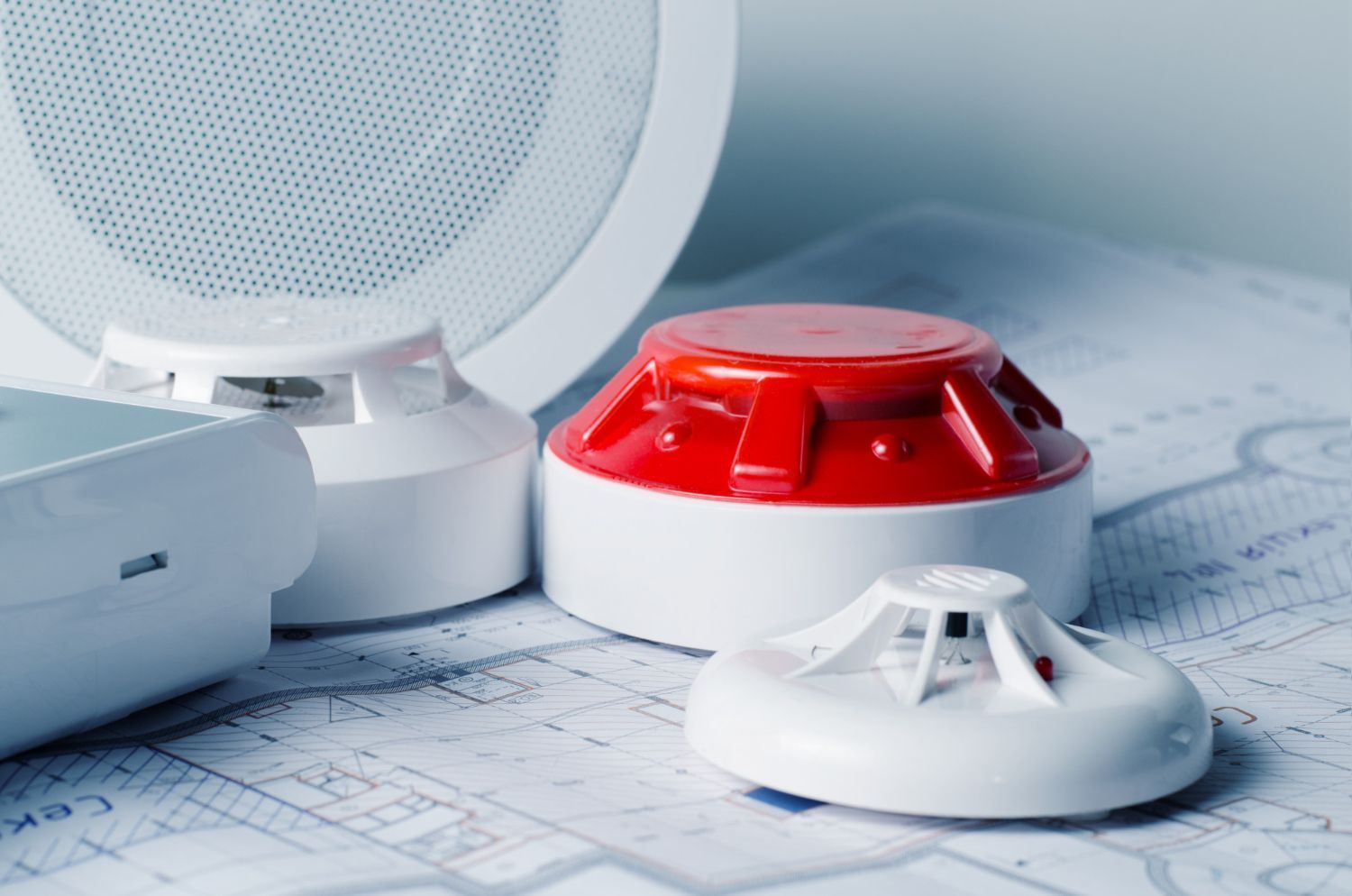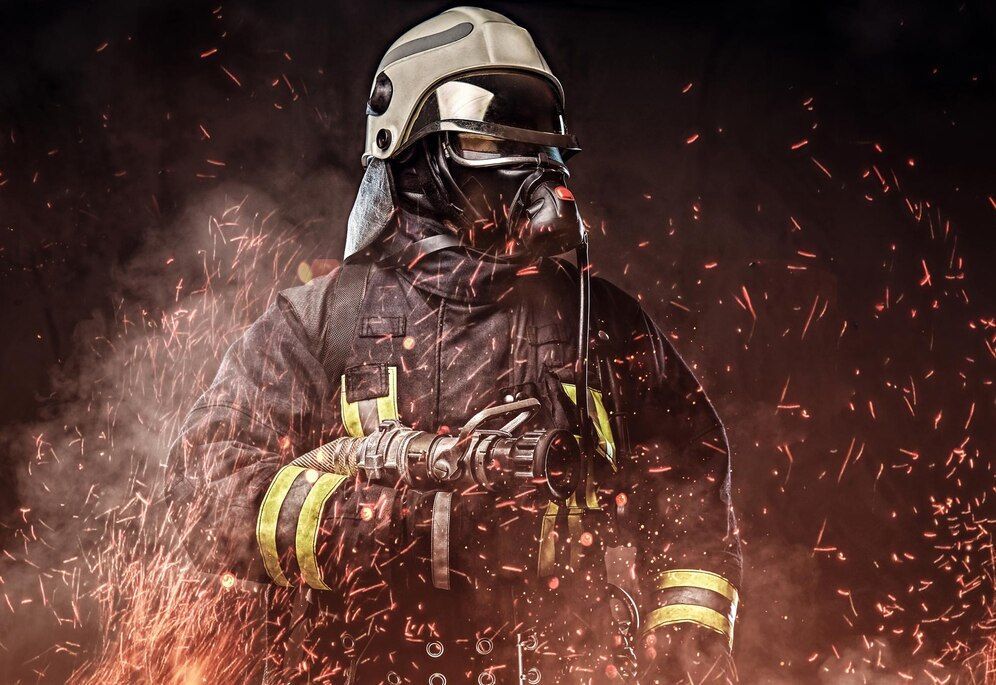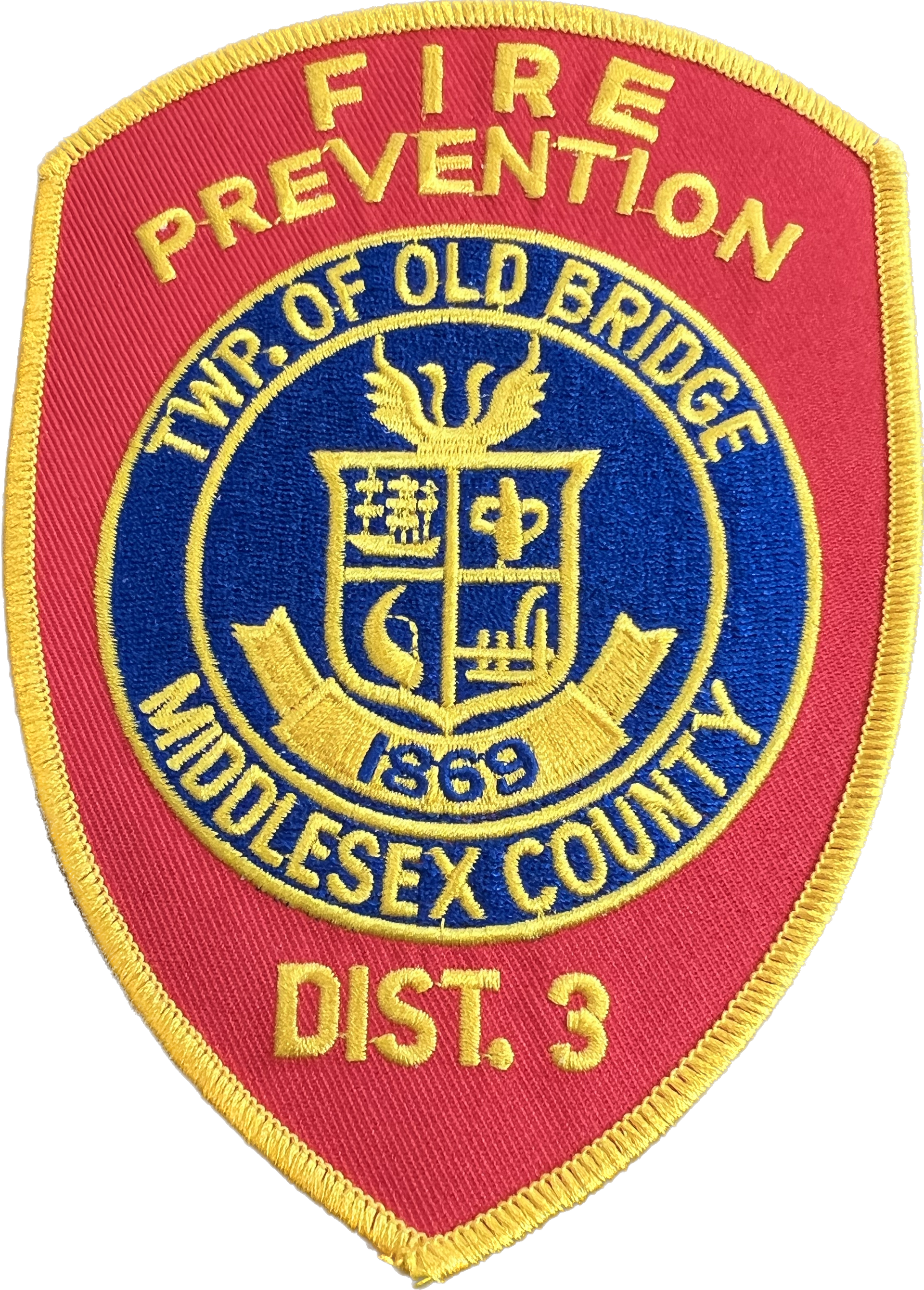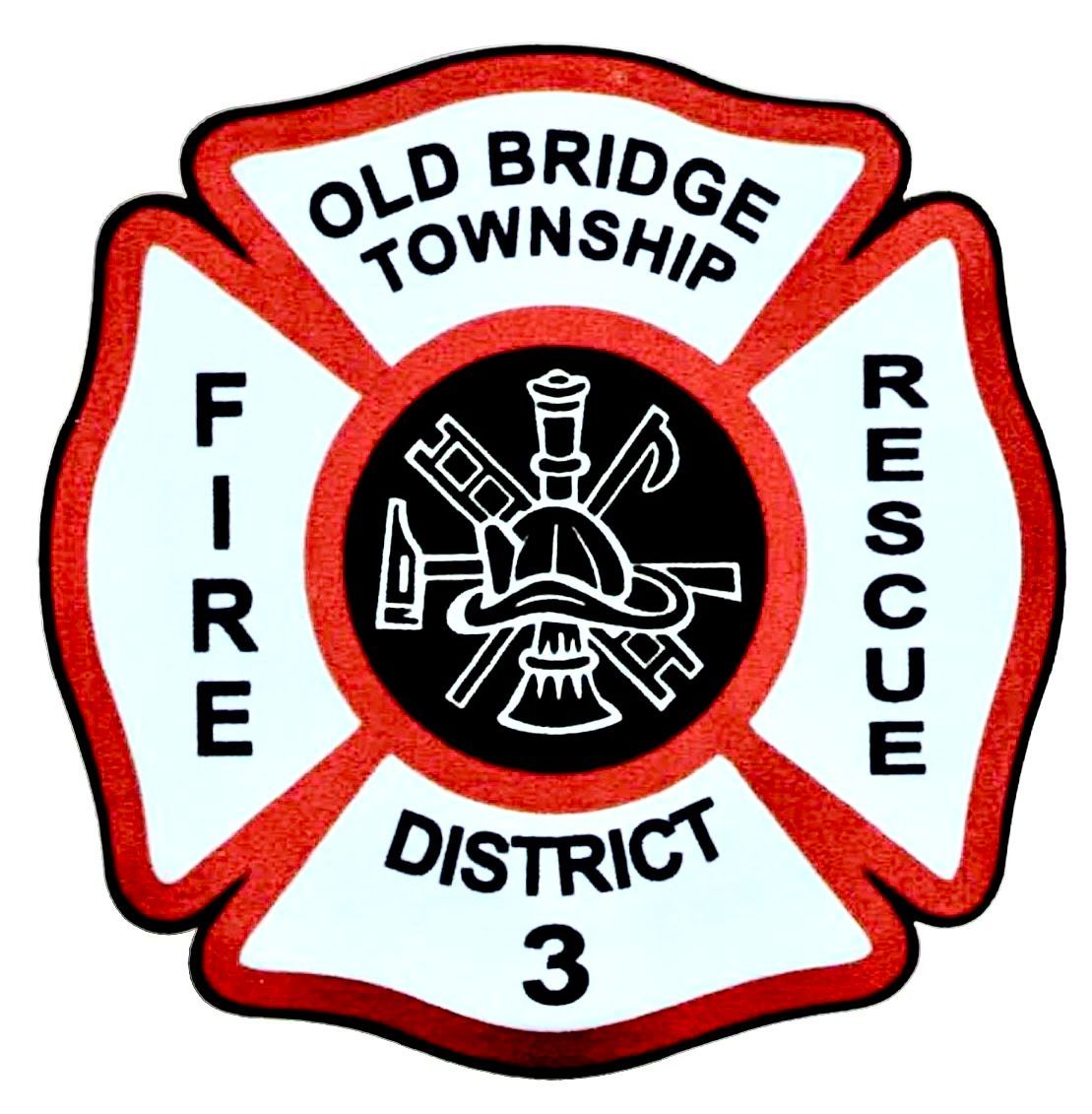A Step-by-Step Guide to Practicing Home Fire Drills

Practicing home fire drills is a smart way to keep your family safe. Fires can start quickly and spread even faster, turning a small flame into a dangerous situation in minutes. To ensure everyone knows how to respond, having regular fire drills at home is a must.
Teaching children and adults what to do during a fire can save lives. A home fire drill helps everyone remember the fastest ways out and where to meet outside. It's like practicing for a game, so when the real thing happens, everyone knows their role and moves quickly.
At the Board of Fire Commissioners, Fire District 3, Township of Old Bridge, we believe that preparation is the key to safety. By following these steps, you can create a fire drill plan, practice it regularly, and keep updating it to make sure you’re always ready. Preparing for a fire helps reduce panic and confusion, giving your family the best chance to escape safely. Let's dive into how to get started with your home fire drill.
Explaining the Importance of Home Fire Drills
Home fire drills are essential for ensuring everyone in your home knows what to do in case of a fire. Fires can start unexpectedly and spread quickly, turning into a dangerous situation in minutes. Practicing fire drills helps everyone stay calm and focused during an actual fire.
When everyone is familiar with the escape plan, they are less likely to panic. Kids, in particular, can be easily frightened in emergencies. Regular fire drills teach them the steps to take, so they are more likely to act quickly and safely. Practicing these drills also allows you to iron out any issues in your escape plan.
Another key reason for practicing fire drills is that it helps make certain every family member is accounted for. By identifying a meeting spot outside, you make it easier to confirm everyone has safely exited the house. This simple practice can be a lifesaver during the chaos of a real fire. Regular fire drills are a small time investment that can pay off immensely in an emergency.
Creating a Fire Escape Plan
Creating a fire escape plan is the first step in practicing home fire drills. Here’s how to get started:
1. Draw a Floor Plan: Start by drawing a floor plan of your home. Include all rooms, windows, and doors. This will help you visualize the different escape routes.
2. Identify Exits: Mark at least two exits from each room. This could include doors and windows. Make sure all windows can be easily opened and screens can be quickly removed.
3. Check Doors: Ensure all doors open easily and are not blocked by furniture or clutter. You want a clear path for a quick exit.
4. Choose a Meeting Spot: Pick a safe spot outside where everyone will meet after exiting. This spot should be far enough from the house to be safe but close enough for everyone to reach quickly.
5. Share the Plan: Discuss the escape plan with everyone in your household. Make sure they know the primary and secondary exits for each room.
6. Special Considerations: Consider any special needs. This includes making sure children, elderly family members, or anyone with disabilities know how to exit and can do so safely. Assign a buddy to help them if needed.
With your fire escape plan ready, you’re prepared to conduct regular fire drills. This plan forms the basis for ensuring everyone can exit quickly and reach safety in the event of a fire.
How to Conduct a Home Fire Drill
Once you have your fire escape plan ready, it's important to practice it through regular drills. Here’s how to conduct an effective home fire drill:
1. Announce the Drill: Start by letting everyone know you are holding a fire drill. This helps reduce panic and allows everyone to focus on practicing the steps calmly and effectively.
2. Simulate a Real Alarm: Use your smoke alarm to start the drill. This helps everyone recognize the sound and associate it with taking immediate action.
3. Follow the Escape Plan: Have everyone use the escape routes you’ve outlined in your plan. Make sure they know to check doors for heat before opening them, and to stay low to avoid smoke.
4. Time Your Drill: Use a timer to see how long it takes for everyone to exit the home and reach the designated meeting spot. Aim to exit within two minutes.
5. Discuss Improvements: Once everyone has gathered at the meeting spot, discuss what went well and what needs improvement. Make any necessary changes to your escape plan based on these observations.
Regularly practicing fire drills makes sure everyone knows how to respond quickly in a real emergency. It helps build muscle memory so that actions become automatic, even under stress.
Reviewing and Improving Your Fire Drill Practice
After conducting a fire drill, it’s critical to review how it went and make improvements. Here are steps to help you refine your practice:
1. Gather Feedback: Ask each family member how they felt about the drill. Did they find the escape routes easy to follow? Did they remember to check doors for heat? Gathering feedback provides valuable insights.
2. Identify Challenges: Look for any difficulties faced during the drill. Was any exit difficult to use? Were there obstacles in the way? Identifying these challenges helps you address and fix them.
3. Practice Different Scenarios: Not all fires are the same. Practice drills at different times of the day and under different conditions, such as during nighttime or with one exit blocked. This ensures everyone is prepared for various situations.
4. Update Your Plan: Based on your review, update your fire escape plan. Make necessary changes to ensure the plan remains effective and easy to follow.
5. Hold Regular Drills: Schedule regular fire drills throughout the year. Frequent practice keeps the procedure fresh in everyone’s mind and helps new family members learn the plan quickly.
Reviewing and refining your fire drill practice ensures that your family remains prepared and improves continuously. It’s a simple but vital process that enhances safety.
Final Thoughts
Practicing home fire drills is essential for keeping your family safe. By understanding the importance of fire drills, creating a comprehensive escape plan, conducting regular drills, and reviewing your practice, you build a strong foundation for emergency preparedness. Each step plays a crucial role in making sure everyone knows how to react calmly and quickly during a fire.
At the Board of Fire Commissioners, Fire District 3, Township of Old Bridge, we are committed to helping you stay safe. These drills are more than just practice; they are lifesaving routines that can make all the difference in an emergency. Regularly reviewing and updating your fire escape plan ensures you’re always ready for the unexpected.
For more tips and resources on
fire safety, visit our website or contact us directly at Board of Fire Commissioners, Fire District 3, Township of Old Bridge. Stay prepared and take action now to protect your family. Practicing today could save lives tomorrow.
